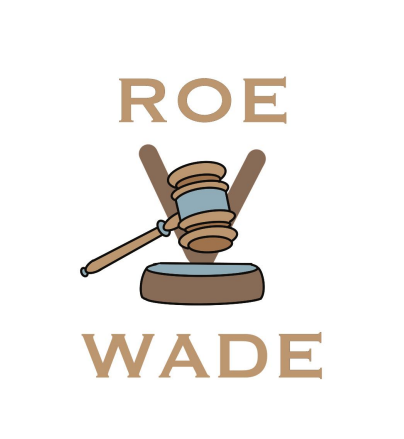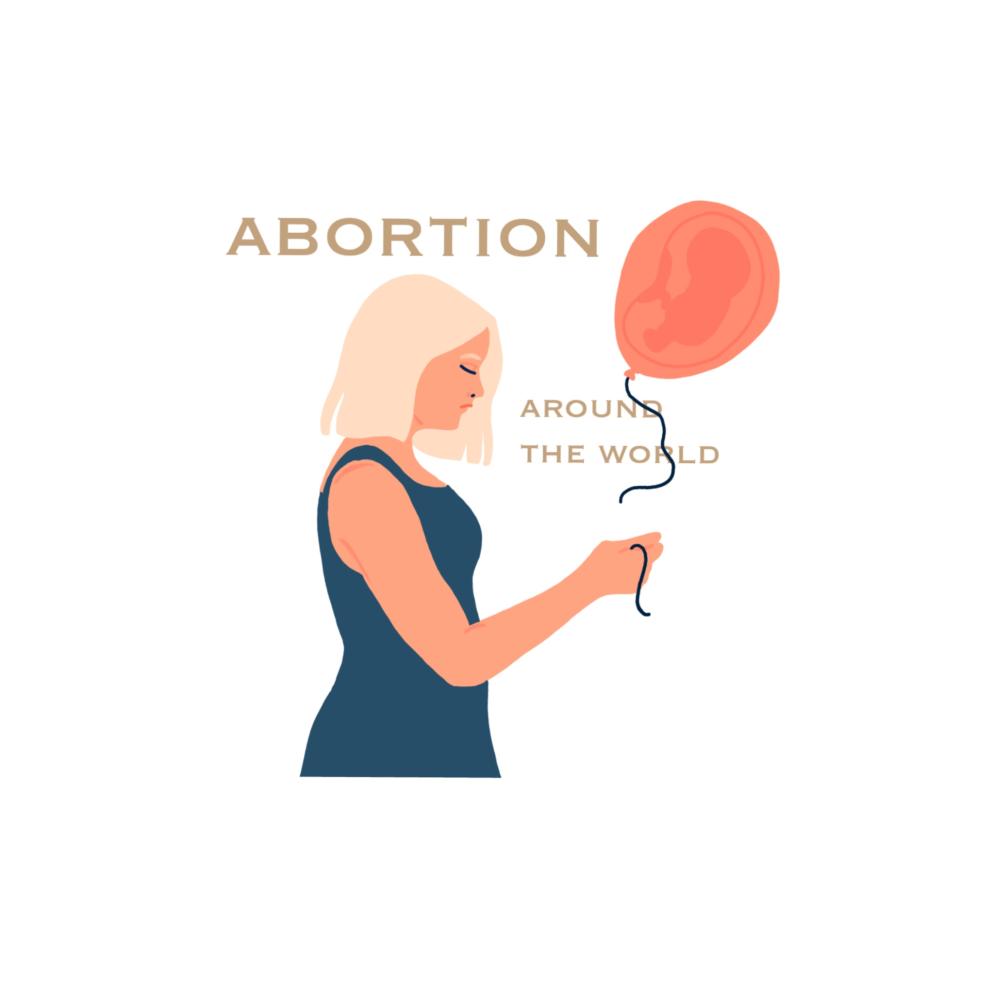Roe v. Wade was a legal decision made by the supreme court in 1973, striking down the Texas statute of criminalizing abortion. The decision made the statement that a woman’s right to abortion is part of the privacy that is protected in the 14th amendment. Before Roe v. Wade, states placed heavy restrictions on abortions, many of them illegalizing them.
In 1970, Norma McCorvey, a.k.a Jane Roe (to preserve privacy), took federal action against Henry Rade, who was the district attorney of Dallas county in Texas. The question was “Does the Constitution recognize a woman’s right to terminate her pregnancy by abortion?” Roe asserted that she had an absolute right to terminate her pregnancy at any time, but the Supreme Court disagreed, trying to balance a woman’s right of privacy as well as trying to regulate abortion. Finally, the Supreme Court decided to place a point in the pregnancy; after a certain amount of time, no more abortion would be allowed. They set this point at around 24 weeks of pregnancy, meaning that before 24 weeks, women were allowed to have abortions legally.
There have been repeated challenges against Roe v. Wade from 1973 to before 2022, but none succeeded in overturning it, but managed to narrow the scope further.
On Friday, June 24, 2022, the Supreme Court overturned Roe v. Wade, removing 50 years of legal protection for abortion rights. This left abortion laws and restrictions to the states. Because of laws that were put into place before the ruling, abortion is now outlawed in many states.
As of now, Idaho, Texas, Oklahoma, South Dakota, Wisconsin, Missouri, Arkansas, Louisiana, Mississippi, Alabama, Tennessee, Kentucky, Indiana, and West Virginia have banned abortion. Georgia has stated that any abortions after 6 weeks of pregnancy are illegal, while Utah, North Carolina, and Florida have stated that abortions after 20 weeks are illegal. In California, Washington, Oregon, Alaska, New Mexico, Minnesota, Illinois, New York, Vermont, Massachusetts, New Jersey, Connecticut, and Maine, abortions are completely legal. In Nevada, Colorado, Nebraska, Kansas, Virginia, Pennsylvania, New Hampshire, and Rhode Island, abortions are legal but limited. For Arizona, Utah, Wyoming, Montana, North Dakota, Iowa, Michigan, Ohio, and South Carolina, bans are being considered but are not in place yet.

 Welcome to Our Generation!
Welcome to Our Generation!